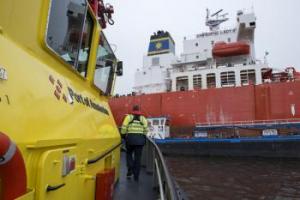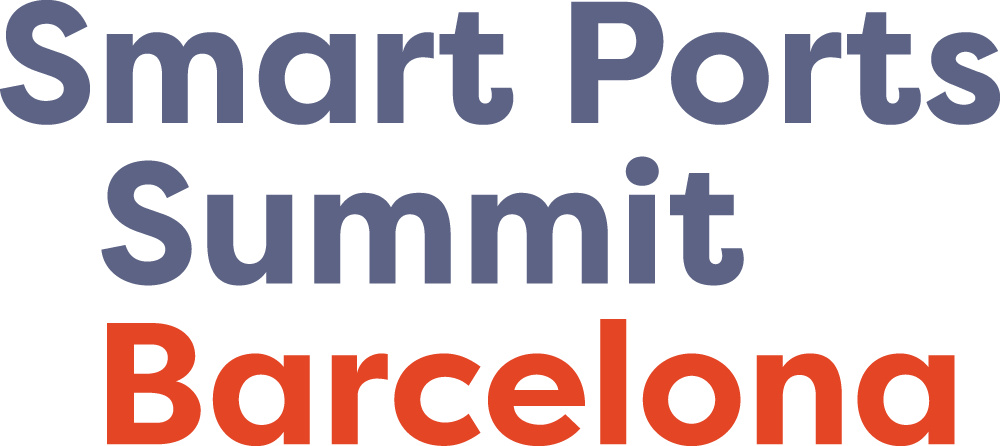Harbour Master
Harbour Masters
Worldwide there are approximately 3,000 merchant ports and the work of the Harbour Master can vary widely from country to country and from port to port even within the same country.

In November 2021, the UK will host COP26, the Conference of the Parties to the UN Framework Convention on Climate Change, in Glasgow, Scotland. Contracting parties to the Convention will meet to assess progress towards achieving the goals of the Paris Agreement.

From 1 April 2022, Malaysia's international borders reopened! So it’s all systems go for the 13th International Harbour Masters’ Congress at the Hilton, Kuala Lumpur from 27 to 30 June 2022.
With the theme, "The Next Wave – Navigating Towards the Digital Future, the 12th biennial Congress will be delivered virtually from 5 - 10 October, 2020.
The Congress remains the key forum for IHMA members and the global ports sector to collaborate, network, share information, and provide updates on the latest industry technology and solutions.
Join industry game changers who are altering the Baltic gas and LNG markets by providing greater energy security and meeting European climate change targets.
The Smart Ports Summit, 19-20 February 2020, brings together the experts and innovators who are addressing the real need for optimatision of global supply chains and ports to secure fast and efficient movement of goods, manage mega vessels and meet sustainability targets.

19-20 November 2019 | Fira Barcelona Gran Via | Smart City Expo World Congress
The International Harbour Masters Association (IHMA) and the Port of Rotterdam Authority are pleased to announce the 15th International Harbour Masters Association Congress, to be held from 09–12 June 2026 at Theater Zuidplein in Rotterdam.
Naresh Sewnath, Senior Harbour Master at Transnet National Ports Authority (TNPA) in South Africa’s Port of Durban, began his maritime career back in 1988. He started out as a cadet with TNPA (then known as South African Transport Services (SATS).
Join the world’s premier professional body for harbour masters and receive up-to-date information on the industry and access to the members' area of the website.